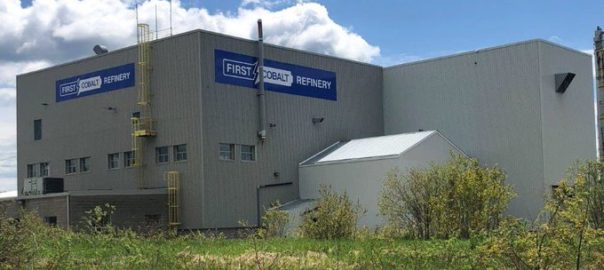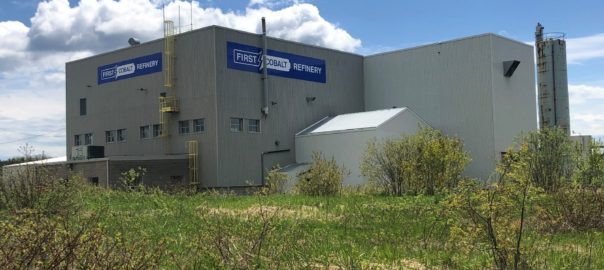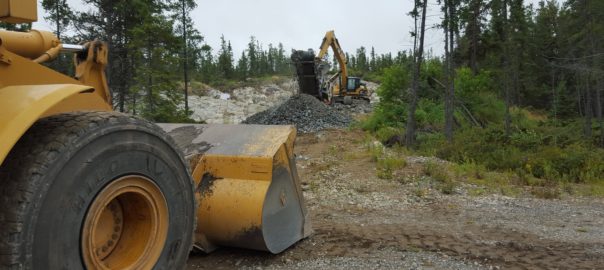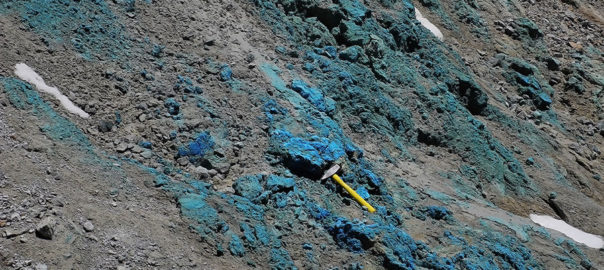First Cobalt Corp, following a finance agreement with Glencore, has started to award key contracts to complete a 55 t/d feasibility study on the proposed expansion of its cobalt refinery.
Field work is expected to commence in September and will culminate in the delivery of a definitive feasibility study (DFS) in the March quarter, the company said.
Ausenco Engineering Canada will lead the preparation of a DFS for a refinery restart at 55 t/d with SGS carrying out advanced metallurgical test work on cobalt hydroxide and a specialty cobalt feed to be supplied by Glencore, Knight Piésold conducting tailings studies in support of the DFS, Story Environmental taking on the environmental and permitting aspects of the engineering studies and Glencore providing technical support throughout the study phase through its Sudbury-based affiliate, XPS – Expert Process Solutions.
In addition to the delivery of the DFS on a 55 t/d refinery restart, a prefeasibility study (PFS) on a 12 t/d interim operating scenario will also be conducted.
First Cobalt recently announced it had entered into a $5 million loan facility with Glencore to complete advanced engineering, metallurgical testing, field work and permitting associated with a recommissioning and expansion of the refinery. Upon completion of a positive DFS for the expansion, and subject to certain other terms and conditions, Glencore is prepared to advance an additional $40 million to recommission and expand the refinery, according to First Cobalt.
Trent Mell, First Cobalt President & CEO, said: “The First Cobalt Refinery is a permitted facility that is in excellent condition and has a recent operating history. Our strategy is to work with Glencore to expand the refinery to serve the growing needs of the North American electric vehicle market. To that end, we have partnered with a first-rate study team appropriate for the importance of the task at hand.”









